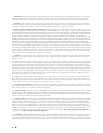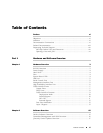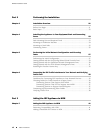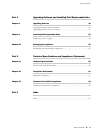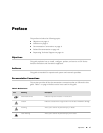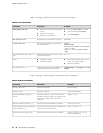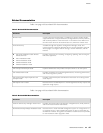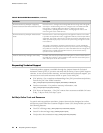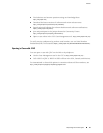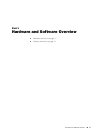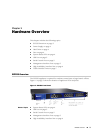
Table 2 on page xii defines text conventions used in this guide.
Table 2: Text Conventions
ExamplesDescriptionConvention
■
Issue the clock source command.
■
Specify the keyword exp-msg.
■
Click User Objects
■
Represents commands and keywords
in text.
■
Represents keywords
■
Represents UI elements
Bold typeface like this
user input
Represents text that the user must type.
Bold typeface like this
host1#
show ip ospf
Routing Process OSPF 2 with Router
ID 5.5.0.250
Router is an area Border Router
(ABR)
Represents information as displayed on
the terminal screen.
fixed-width font
Ctrl + dIndicates that you must press two or more
keys simultaneously.
Key names linked with a plus (+)
sign
■
The product supports two levels of
access, user and privileged.
■
clusterID, ipAddress.
■
Emphasizes words
■
Identifies variables
Italics
Object Manager > User Objects > Local
Objects
Indicates navigation paths through the UI
by clicking menu options and links.
The angle bracket (>)
Table 3 on page xii defines syntax conventions used in this guide.
Table 3: Syntax Conventions
ExamplesDescriptionConvention
terminal lengthRepresent keywordsWords in plain text
mask, accessListNameRepresent variablesWords in italics
diagnostic | lineRepresent a choice to select one keyword or
variable to the left or right of this symbol. The
keyword or variable can be optional or
required.
Words separated by the pipe ( | )
symbol
[ internal | external ]Represent optional keywords or variables.Words enclosed in brackets ( [ ] )
[ level1 | level2 | 11 ]*Represent optional keywords or variables that
can be entered more than once.
Words enclosed in brackets followed
by and asterisk ( [ ]*)
{ permit | deny } { in | out } {
clusterId | ipAddress }
Represent required keywords or variables.Words enclosed in braces ( { } )
xii ■ Documentation Conventions
IDP250 Installation Guide



